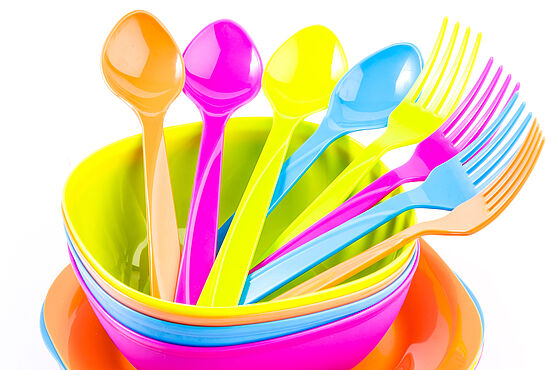Food contact regulations
European regulations are designed to protect consumers: products and packaging developed for food contact must not alter the quality of the products they contain. Here are the details of the regulations.

EU framework regulation no. 1935/2004/EC
EU framework regulation no. 1935/2004/EC defines the requirements for all materials intended to come into contact with foodstuffs.
There are also other European regulations, directives, national legislation and recommendations, which may differ significantly depending on the nature of the product.
EU regulation 10/2011: plastics
This regulation lays down specific requirements applicable to the manufacture and marketing of plastic materials and articles :
which are intended to come into contact with foodstuffs; or
which are already in contact with foodstuffs; or
which may reasonably be expected to come into contact with foodstuffs.
Directive 84/500/EEC: ceramic products
This directive regulates limit values for cadmium and lead.
DIN 51032 standard
For glass, further regulations and limit values taken from the European directive are set out in DIN 51032. In this product group, limit values depend, for example, on the way they can be filled or their shape (flat). Coloring metal compounds also play a role in the assessment.
DIN 51032 also regulates glazed ceramic and glass products.
The DGCCRF and food-contact products
In France, the DGCCRF carries out regular checks on food-contact products. At the same time, it updates its inspection plans every year, taking into account the results of previous surveys, new regulations, etc. Some chemical substances (phthalates, bisphenol A or MOSH/MOAH-mineral oil hydrocarbons, for example) are subject to in-depth vigilance.
On the basis of these regulations, our experts define the scope of the controls prescribed for your product.
In our analysis laboratories, we test these products for their suitability for food contact.
Your contact for analysis and consulting for food contact materials
- Rémy Reboullet
- +33 6 28 05 60 80
- remy.reboullet@wessling.fr



